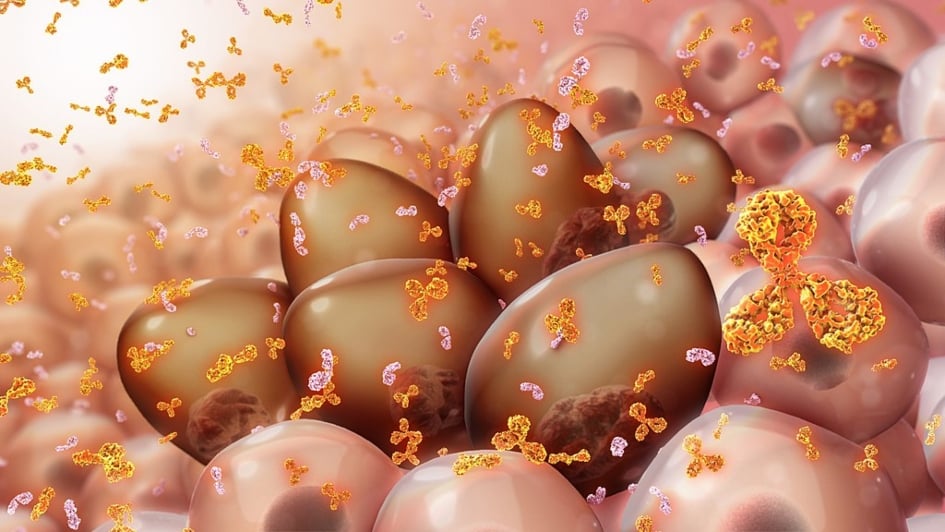Baculovirus Facility
The fully equipped Baculovirus Facility provides a means of expressing proteins and protein complexes using a Baculovirus / insect cell system (BICS). It supplies the Division of Structural Biology and other research teams within The Institute of Cancer Research, London.
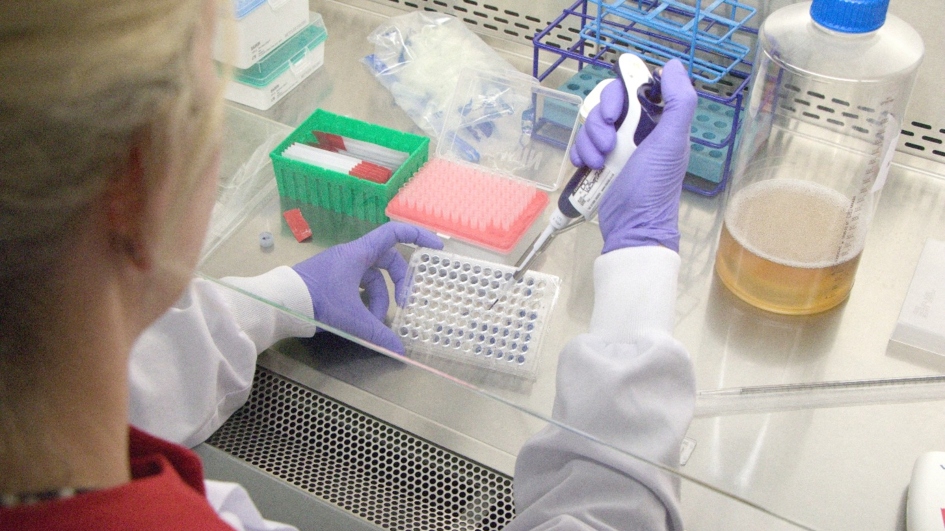
Baculoviral expression systems are commonly used to produce large quantities of recombinant proteins in insect cell hosts. The advantage of using this system over bacterial cells is that proteins produced closely resemble mammalian proteins.
Insect cells can accommodate large, complex proteins and carry out post translational requirements.
The facility in Chelsea contains all equipment necessary for insect cell culture including:
- MSC hoods (Nuaire x2)
- Shaker incubators (Innova S44i Eppendorf x3)
- Centrifuge (Beckman Coulter Avanti J15R x1).
"Protein production is at the heart of every structural biology project we undertake. In our Cell Culture Facility, we use the baculovirus system to express both individual proteins and their complexes in insect cells. The system can handle challenging multi-domain proteins, proteins dependent on post-translational modifications, and large multi-protein complexes. Expert hands-on support and training is provided by Ruth Knight, our Facility Manager."— Sebastian Guettler, Team Leader
For more information, please contact Facility Manager Ruth Knight at [email protected].
Equipment information
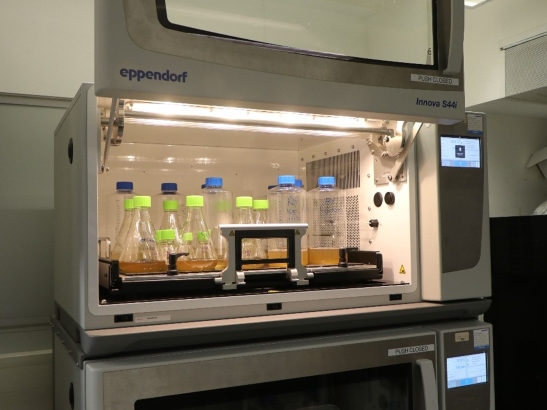
Shaker incubators, Innova S44i Eppendorf
Triple stacked Innova S44i shaking incubators. These hold a high capacity of flasks suitable for small or large volume expressions. Refrigerated to hold constant 27oC temperature for insect cells.
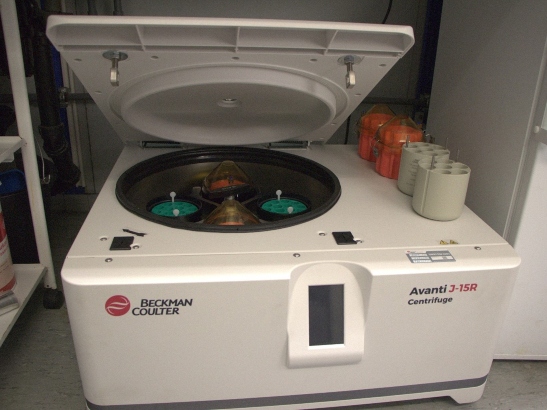
Centrifuge, Beckman Coulter Avanti J15R
The Beckman Coulter Avanti J-15R centrifuge is used to harvest the expressions. It is a high performance refrigerated centrifuge that can reach up to 10,200 rpm.
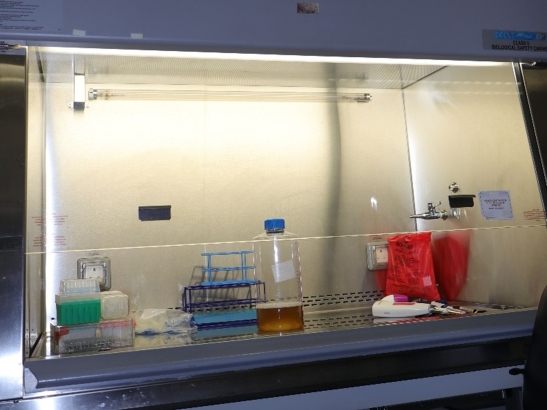
MSC hoods, Nuaire
Class II Biosafety Cabinet providing personal and environmental protection using laminar air flow and HEPA filtration. Only Insect cell work is carried out in these hoods.

